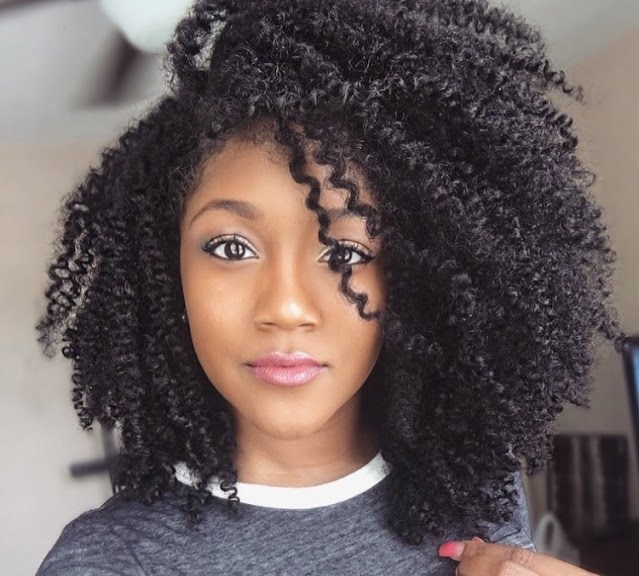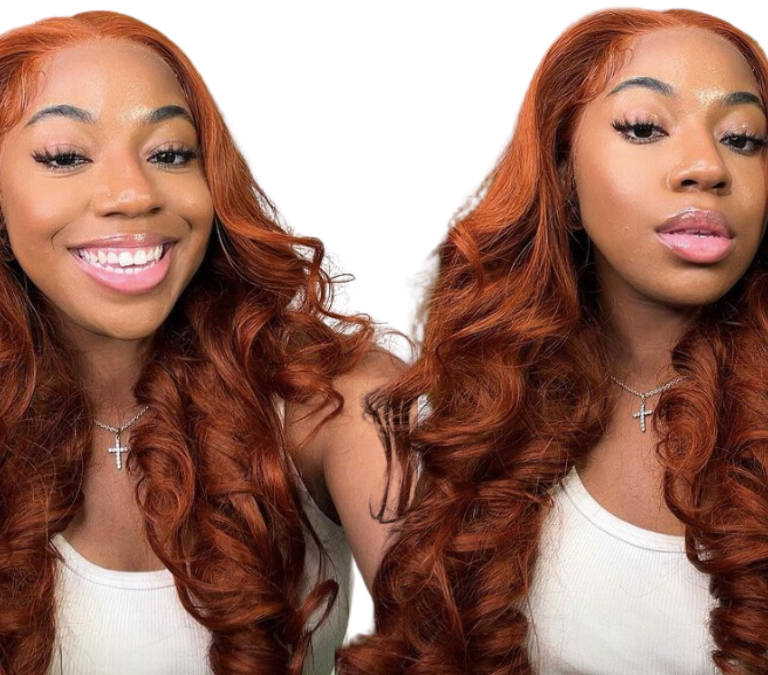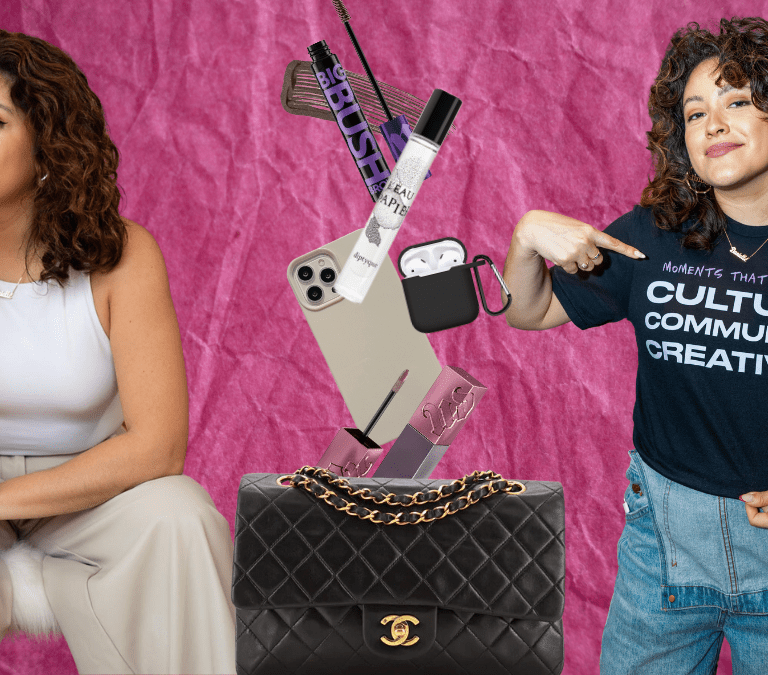How to grow long hair seems to be a mystery to so many new and veteran Naturals. For some, it’s a myth that only seems to exist on the likes of YouTube and Pinterest but not necessarily on their heads. However, beautiful, long, natural hair is not a fairy tale. Long, natural hair does exist, but these natural locks are not something that just happen overnight or by the luck of a braid or twist.
No, the women you see with long hair are consistent in their efforts, and while they undoubtedly did make a few mistakes along the way, they also learned what not to do along the path to growing long, natural hair.
Here are eight things you should NOT do when trying to grow long, natural hair.
1. Never Ignore Your Hair Type
The most important thing for you to do is to identify and accept your natural hair type. You must understand your hair texture before you can ever begin to love and care for your hair. Failure to take this step could lead to some missteps, including buying and using the wrong products or inadvertently damaging your hair.
Understanding your hair type will not only allow you to create or purchase the right products for your hair but also spare you a fair amount of frustration. Yes, there are some who find hair typing unnecessary, but finding others online with the same texture as yours helps in narrowing down what may work for you. Always remember that trail and error will be the only way to find out your Holy Grail of products and routines.
2. Do Not Skimp on Establishing a Hair Care Regimen
One of the common denominators that many Naturalistas point to as a critical component in their hair’s growth factor is a consistent hair care regimen.
Examples of a regular hair-washing regimen might include, but are not limited to, any of the following:
- Pre-Poo then wash hair every week with a moisture-rich shampoo and deep conditioner
- Wash hair every week with a moisture-rich shampoo plus use of a deep conditioner and alternate each week with a protein treatment
- Wash hair every week with a moisture-rich shampoo and conditioner and alternate every other week with a deep conditioner
Regardless of the hair care regimen you establish for your hair, pay attention to how your hair responds to the regimen and the products that you use, and adjust periodically. Some natural divas find that using a co-wash in between shampoos works well for their hair, while others use clarifying shampoos periodically to remove product buildup.
Next, know your hair oils and which oils work best for your hair type. Did you know that certain hair types respond differently to certain oils? Your oil choices can have a significant impact on how much moisture your hair retains as well as the degree of shine visible in your hair.
3. Do Not Forget to Test Your Hair Porosity
Hair porosity is essential to understanding whether your hair is moisture-rich or it is in desperate need of a protein treatment. Testing hair porosity is a simple process: First, ensure that your hair is clean; your hair should not have any products on it. Next, get a glass of lukewarm water, take a loose strand of your hair and gently submerge it in the glass of water, just enough so that it is not floating on top of the water. If, after 10 minutes, your hair sinks to the bottom, your hair has high porosity. If your hair floats to the top, it has low porosity. Hair that falls to the middle of the glass has normal porosity.
If your hair has low porosity, it is desperate need of moisture infusion and, therefore, you should get a moisture-rich shampoo and deep condition your hair. If your hair has high porosity, it may be susceptible to damage thanks to it having too much moisture. This high level of porosity may indicate that your hair could use a good protein treatment and that you need to stay away from those excessively long applications of conditioner in your pre-poo mix, at least temporarily. Do not forget to test your hair on a regular basis because things could quickly change. Moisture control is critical.
4. Do Not Forget to Protect Your Natural Hair
That’s right! Natural hair is especially susceptible to breakage thanks to its curly, coily, kinky texture. Make sure you cover or wrap your hair up each night with a satin scarf or bonnet. Not a fan of the satin headdress? Invest in a satin pillowcase to protect your hair from tangles and breakage.
If you decide to get a flat iron your hair, make sure your hair is ready for heat (i.e., no damage and rich with hydration) and that it has thermal protection.
5. Do Not Skip Trimming Your Ends
Even natural hair should undergo a trim a few times a year (more if using heat, chemicals or excessive manipulation) whether you are wearing protective styles or twist-outs.
6. Do Not Over-Manipulate Your Natural Hair
Avoid over-manipulating your hair as it can create excessive damage. If you must comb your hair, use a wide-tooth comb or your fingers. Excessive manipulation of your hair will impede hair growth progress thanks to shedding and it will expose your fragile ends to splitting and dryness.
7. Do Not Ignore Signs of Hair Damage
Hair that is dry or crunchy, brittle to the touch or shedding may be damaged. Take the time to treat the problem so that you stay on top of breakage and enable your hair to continue growing. Damage never just goes away, so address and fix it before it gets worse.
8. Do Not Forget to Care for Your Hair – Even When Wearing Protective Hairstyles
Protective styles can lead you into falsely thinking your hair does not require much attention. In reality, this is the time to ensure that your scalp and hair are healthy. Maintaining a healthy scalp and hair entails applying natural oils to prevent dryness of both the hair and scalp.




